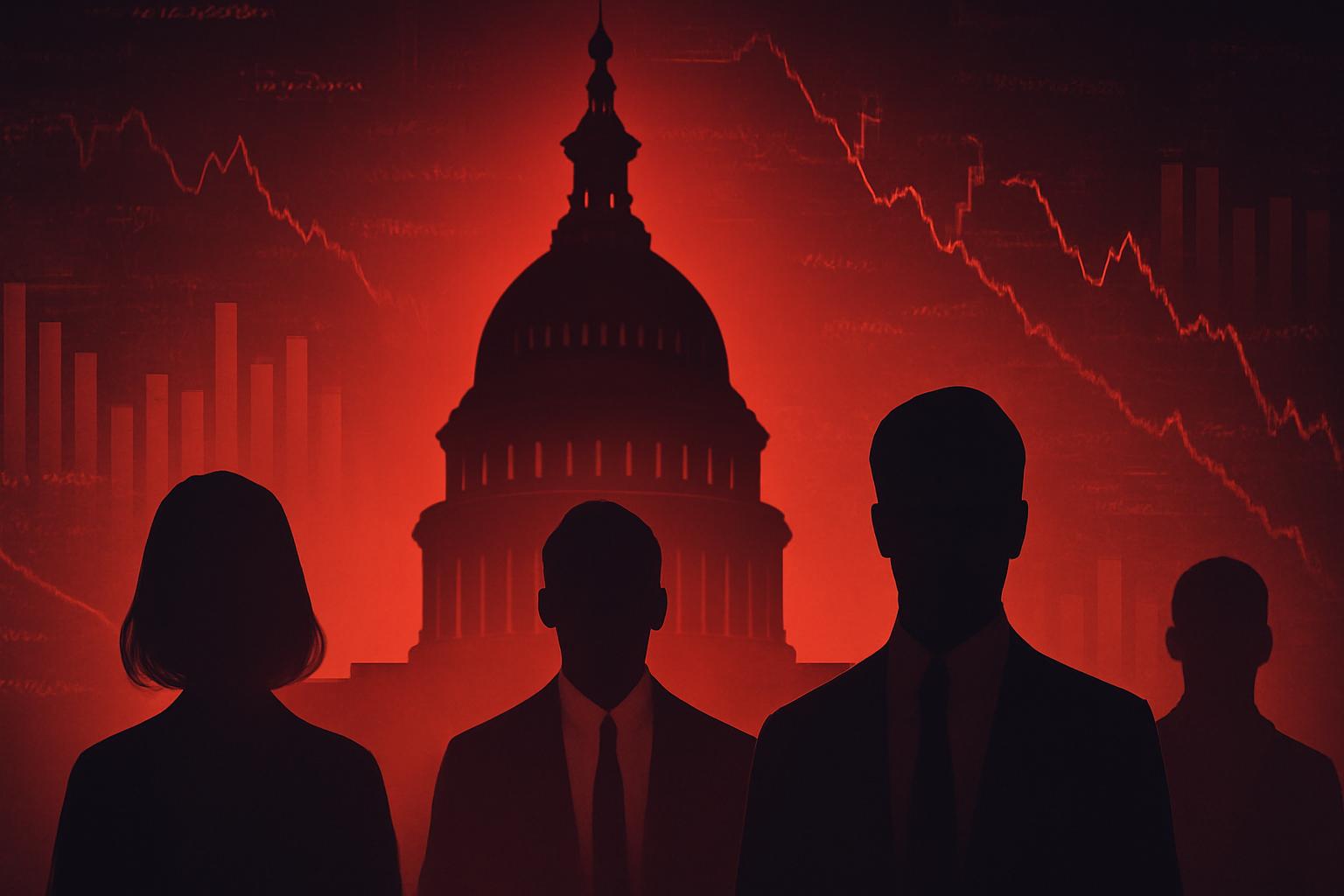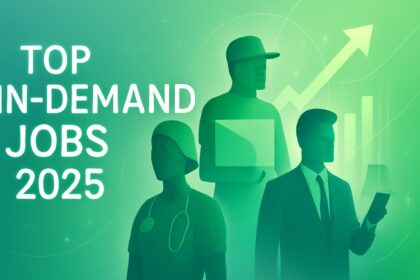Understanding the Government Shutdown Threat
Congress faces a critical deadline to pass a series of 12 appropriations bills by Tuesday to fund federal operations for the upcoming fiscal year. Failure to enact either these bills or a temporary “continuing resolution” will trigger a government shutdown, halting funding for many agencies and services. Since 1980, the U.S. government has experienced 14 shutdowns, with partial shutdowns occurring when only some funding bills are approved. The last significant partial shutdown occurred in late 2018, lasting a record five weeks due to disputes over border wall funding.Political Deadlock Heightens Shutdown Risk
Republicans, holding narrow majorities in both the House and Senate, advocate for a “clean” short-term funding extension. Conversely, Democrats insist on incorporating health-care protections, including extensions of enhanced premium tax credits under the Affordable Care Act, which are scheduled to expire at year-end. Passing any funding bill in the Senate requires 60 votes, a threshold unachievable with only Republican support. President Donald Trump intensified tensions by canceling a planned meeting with Senate Minority Leader Chuck Schumer and House Minority Leader Hakeem Jeffries, key Democratic figures. The Office of Management and Budget (OMB) warned federal agencies to prepare for mass employee furloughs should the shutdown materialize, underscoring the human cost of the impasse.Consequences for Federal Workforce
A government shutdown would force non-essential federal employees into furlough, effectively placing them on unpaid leave. During the 2013 full shutdown, approximately 850,000 workers were furloughed. Currently, the U.S. employs over two million civilian federal workers. While furloughed employees are guaranteed retroactive pay upon return, federal contractors historically receive no compensation during shutdowns, creating significant financial strain.Effect on Government Services and Agencies
Discretionary programs, which rely on annual appropriations and constitute 27% of the 2024 budget, will face immediate impacts. Past shutdowns have led to the closure of national parks, museums, suspension of veterans’ services, health inspections, and immigration hearings. Essential services such as national security, law enforcement, air traffic control, and prison management will continue but may experience indirect operational challenges. Employees classified as “excepted” remain on duty during shutdowns. Mandatory programs, funded through multi-year or permanent authorizations, generally continue. For example, Social Security payments were maintained during the 1996 shutdown, though administrative services experienced furloughs.Delays in Key Economic Data
A shutdown would disrupt the timely release of critical economic indicators, including the Bureau of Labor Statistics’ (BLS) monthly jobs report and Consumer Price Index (CPI) readings, which are closely monitored by financial markets.“After the 2013 shutdown, monthly jobs and CPI reports were delayed by approximately two weeks, with data collection and publication extending into the following month,” noted Wells Fargo economist Michael Pugliese.
Contents
Historical Context
- Since 1980, the U.S. has endured 14 government shutdowns.
- The longest partial shutdown occurred in late 2018, lasting five weeks.
- Shutdowns typically arise from disagreements over discretionary funding bills.
- Essential services are maintained, but many government functions halt without appropriations.
FinOracleAI — Market View
The impending government shutdown presents significant risks to both the federal workforce and broader economic stability. Political deadlock threatens to furlough hundreds of thousands of employees, disrupt essential government functions, and delay critical economic data releases, potentially unsettling markets.- Opportunities: Resolution could restore confidence, stabilize federal operations, and ensure timely economic data dissemination.
- Risks: Prolonged shutdown may exacerbate financial hardships for federal workers and contractors, delay economic indicators, and increase market volatility.
- Potential for political fallout influencing upcoming elections and legislative priorities.
- Disruptions to discretionary services may affect public trust and government credibility.













